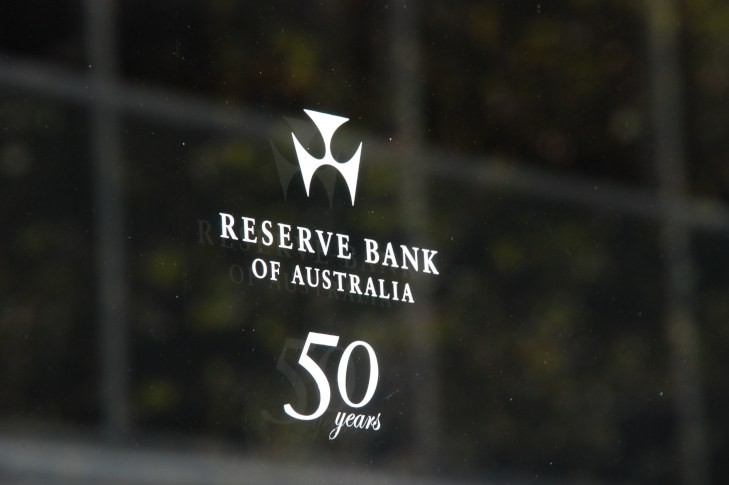The Reserve Bank of Australia (RBA) has cut the official cash rate from 0.25 per cent to a new record low of 0.10 per cent and moved to broad quantitative easing.
The move, announced just ahead of the start of the Melbourne Cup race, marks the first time that the RBA has cut rates by less than 25 basis points.
In a statement, RBA governor Philip Lowe also announced:
- a reduction in the target for the yield on the three-year Australian government bond to around 0.1 per cent;
- a reduction in the interest rate on new drawings under the term funding facility to 0.1 per cent;
- a reduction in the interest rate on Exchange Settlement balances to zero; and
- the purchase of $100 billion of government bonds of maturities of around 5 to 10 years over the next six months.
“Under the program to purchase longer-dated bonds, the bank will buy bonds issued by the Australian government and by the states and territories, with an expected 80/20 split. These bonds will be bought in the secondary market through regular auctions, with the first auction to be held this Thursday for Australian government securities.
“The bank remains prepared to purchase bonds in whatever quantity is required to achieve the three-year yield target. Any bonds purchased to support this target would be in addition to the $100 billion bond purchase program,” he said.
In the lead-up to the decision, many anticipated that the central bank would cut rates this month after RBA governor Philip Lowe recently made a speech in which he suggested that further monetary policy easing is coming.
Earlier this year, the RBA effectively commenced quantitative easing (QE) by purchasing government bonds on the secondary market, and also launched a multibillion-dollar term funding facility (TFF) to maintain the flow of credit to SMEs.
The RBA also continues to provide liquidity support to the banking sector through repurchase (repo) transactions on the overnight money market.
In this month’s Finder RBA Cash Rate Survey, 67 per cent of the 43 industry players and economists accurately predicted a cut.
Graham Cooke, insights manager at Finder, commented: “For the first time since 2011, the RBA has declared a Cup Day cut despite some skepticism from experts around the effectiveness of further monetary stimulus measures.
“But significant considerations like the strength of the Australian dollar and a lagging Victorian economy have supported the case for further easing.
“I suspect the horse races weren’t the only thing punters were betting on today,” Mr Cooke said.
AMP Capital’s Shane Oliver, who predicted the cut and board-based QE, commented: "The RBA’s own forecasts show that it will not achieve its employment and inflation objectives over the next two years, and so further easing is required to help address this.”
Mozo director Kirsty Lamont also commented, saying: “Another cut to official interest rates will be great news for many home loan customers, with historically low interests offering significant opportunities to switch lenders and reduce their monthly repayments.
“Perhaps the biggest challenges for people with a mortgage looking to save will be getting comfortable with the names of smaller lenders who continue to offer the most competitive interest rates,” Ms Lamont said.
“Unfortunately, though, not everyone will be able to refinance their home loan as a weakening jobs market has left some mortgage-holders stuck paying higher interest rates through their existing lender.”
According to Dr Andrew Wilson of My Housing Market, Australia’s economy is turning a corner.
“Recovery has proved more positive than expectations and will continue to surprise on the upside with the reopening of borders fuelling a tourism and hospitality surge,” he said.
John Rolfe of Elders Home Loans agreed, stating that “the underlying indicators are strong for Australia to lead the world in a recovery”.
CreditorWatch chief economist Harley Dale noted that the RBA “is now out of ammunition in terms of the official cash rate”.
“Any further support the Australian economy requires will have to come from fiscal policy and quantitative easing, but then fiscal policy has been doing most of the heavy lifting in 2020,” he said.
“While it can be argued that this latest interest rate cut will do little to stimulate demand, it will likely feed through to lower fixed rate mortgages. That can provide a powerful charge to the economic recovery.”
The move comes as Australia looks to work its way out of a COVID-19-induced recession.
However, recent data from the Australian Bureau of Statistics (ABS) shows that owner-occupier housing loan commitments are at record-high levels, driven by low interest rates and incentives such as the HomeBuilder grant, according to the ABS.
The ABS latest Lending Indicators data has revealed that the total value of home loan approvals (seasonally adjusted) rose 5.9 per cent in September.
This rise was driven by a surge in the value of owner-occupier home loan commitments, which jumped 6.0 per cent to $17.3 billion in September.
Around half of the rise in September’s owner-occupier housing loan commitments was for the construction of new dwellings, which surged 25.3 per cent, following a 19.2 per cent rise in August.
[Related: RBA paves way for November cut]
 ;
;